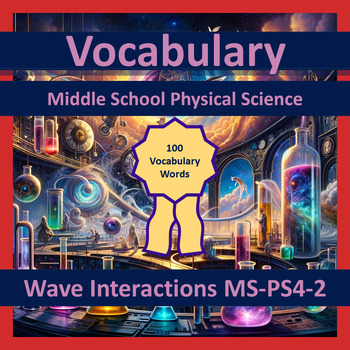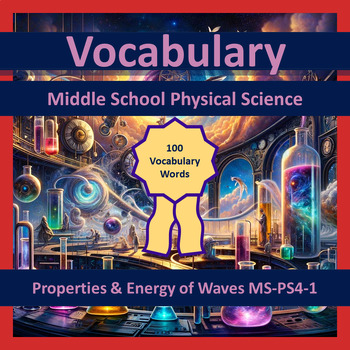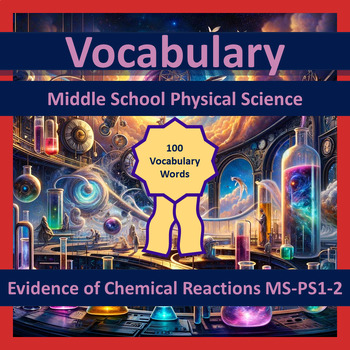Bundle: Vocabulary Middle School Physical Science +1200 Words
- Zip
Products in this Bundle (12)
showing 1-5 of 12 products
Description
Comprehensive Physical Science Vocabulary Sheets for Middle School
Description: Enhance your middle school physical science curriculum with these meticulously crafted Vocabulary Sheets designed to strengthen students' understanding and retention of key scientific terms. Developed by an experienced educator passionate about improving learning outcomes, these sheets engage young minds and reinforce critical concepts essential for success in physical sciences.
What’s Inside:
- Thorough Coverage: Delve into fundamental vocabulary of physical science, covering topics such as matter, energy, forces, motion, and more. Each sheet aligns with middle school curriculum standards, ensuring comprehensive coverage of essential terms.
- Engaging Visuals: Foster visual learning with captivating illustrations and diagrams accompanying each term. Visual aids enhance understanding and make learning enjoyable and accessible for all students.
- Interactive Activities: Reinforce vocabulary acquisition with engaging activities promoting active learning.
- Assessment Tools: Evaluate students' mastery of vocabulary easily, providing valuable feedback to guide their learning journey.
Why Choose These Vocabulary Sheets:
- Rigorous Content: Developed by an educator with a deep understanding of middle school physical science curriculum standards, these sheets ensure academic rigor and relevance.
- Versatile Use: Whether as homework assignments, in-class activities, or study aids, these sheets offer flexibility to suit various teaching styles and classroom environments.
- Teacher-Friendly: Save time on lesson planning with ready-to-use resources that integrate seamlessly into your curriculum. Focus more on teaching and less on prep work.
Empower your students with the language of science and lay the foundation for future academic success with these comprehensive Physical Science Vocabulary Sheets. Transform your classroom into a hub of scientific inquiry and discovery today!





